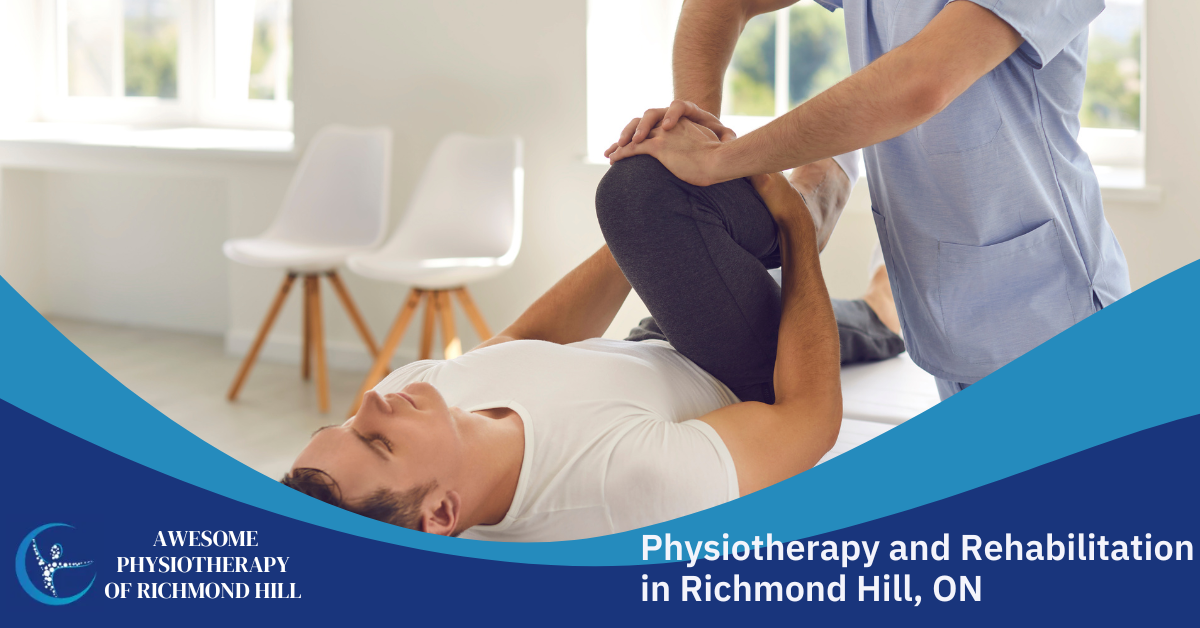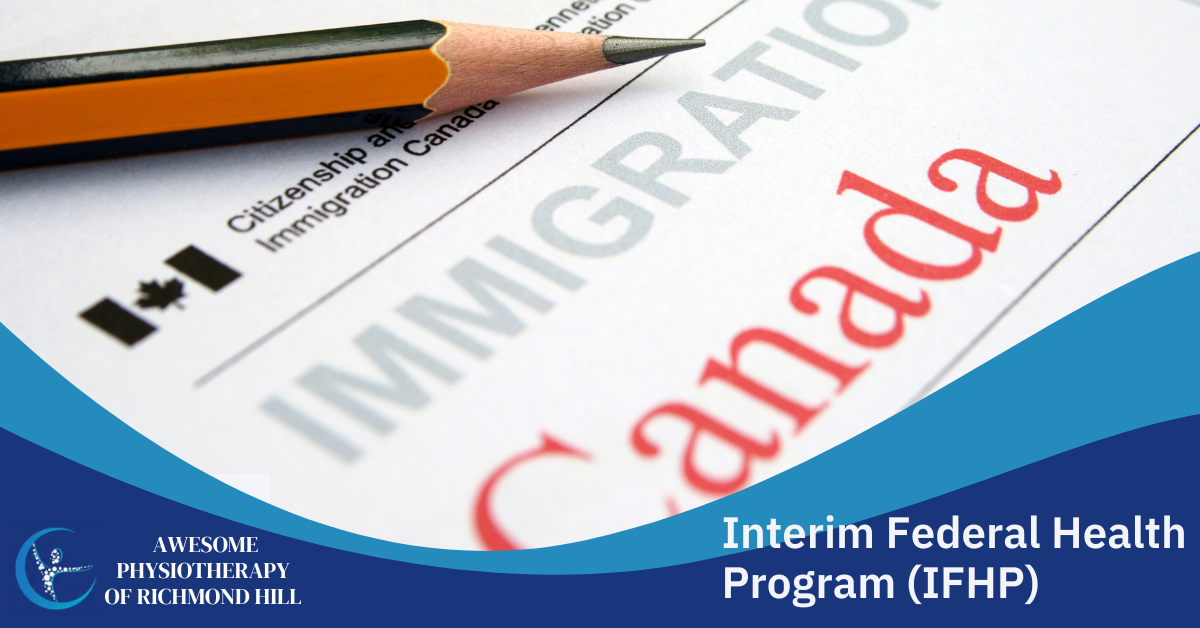What is Physical Therapy, and How Does it Help with Pain

In
physical therapy, trained professionals help people diagnose and treat physical function that seems abnormal, such as an injury, disability, disease, or any physical condition. It can help with pain management and physical rehabilitation to improve physical function. A physical therapist will provide electrotherapy, ultrasound, massage therapy, and therapeutic exercises to improve range of motion or relieve pain. In this article, physiotherapy is explored in detail.
Physiotherapy or Physical Therapy
Physical therapy is the best way to reduce pain and physical limitations. It has been shown that physical therapists treat back pain as physicians, with fewer side effects than medications. Studies have shown that physical therapy can help patients recover from hip fractures faster by boosting bone recovery rates. The most common treatments for physical therapy are pain management, physical rehabilitation to improve physical function, and reducing physical limitations.
Physiotherapy can be used on people of any age, gender, or physical condition. There is no prescription required for a patient to undergo physical therapy treatments. Every treatment plan is different due to the many causes of problems that patients come in with. If you’re having physical therapy for a physical condition, you may need to undergo physical rehabilitation.
What is a Physical Therapist?
Physical therapists can diagnose and treat any physical function that seems abnormal. They can help with pain management and physical rehabilitation to improve physical function. Physical therapy has been shown as an effective treatment method in reducing patients’ pain levels - one of the best physical therapy treatments for chronic pain.
Physical therapists can use several different physical therapy techniques, such as electrotherapy, ultrasound, massage therapy, and therapeutic exercises to improve range of motion or relieve pain. There is no prescription required for treatment in physical therapy. Every treatment plan is different according to the many causes that patients come in with. If you’re undergoing physical therapy for a physical condition, physical rehabilitation is one of the most common treatments. Therapists can help with many different physical ailments and injuries - including back pain, neck pain, arthritis & joint pain, or neurological problems.
Understanding Pain
Pain is one of the most common physical ailments that can affect people. Pain occurs when there is some damage to your body, or an event triggers pain signals in the brain. People with chronic pain often have long-term discomfort and a feeling of “hurt” all over their bodies. Pain medications are sometimes prescribed for physical conditions; physical therapy is one of the best ways to reduce pain and physical limitations.
To effectively manage someone’s pain, it’s essential to understand why our understanding of how and why pain exists has evolved in recent years, even though there is still much to learn about the sense of pain. Previously, the pain was assumed to be a sign that bodily tissue had been damaged; however, it is now understood that pain may also be used as a warning signal to warn of future damage and protect the body.
Types of Pain
Pain is the physical feeling you get when your body has been damaged in some way. Pain may also be a warning signal that tells you to protect yourself from an injury before it happens, such as during childbirth or surgery. There are many different types of pain: chronic pain (long-term discomfort and “hurt” all over the body) and acute pain.
There are different types of physical therapies such as pain management, physical rehabilitation, electrotherapy, ultrasound therapy, massage therapy, or therapeutic exercises to improve range of motion or relieve pain. Physical therapists can diagnose the cause for any physical problems that seem abnormal with a physical evaluation.
Physical therapists can use physical exercises (e.g., stretching) and physical activity (e.g., walking) to improve mobility in patients with injuries or disabilities that limit their movement. A physical therapist will also teach you how to perform specific tasks on your own so that you can continue physical activity on your own.
Treatment For Acute Pain
If you experience acute pain, your therapist will assist you in identifying the affected tissue (bone, muscle, tendon, etc.) and create therapies to promote healing and minimize stress on the injured area. To avoid further injury to the affected tissue, your physio will provide you with instructions on safely returning to normal activities without aggravating the injured tissue.
Your physical therapist will work with you to create a personalized treatment plan that includes physical therapy exercises, stretching, and activity modifications to decrease your pain levels. As part of your treatment, they may assist you in identifying painful and non-painful areas. They may also prescribe medication for acute pain relief from an injury or illness.
Treatment For Chronic Pain
If you suffer from chronic pain, your physical therapist can assist you in identifying factors that may be causing it. Several things might contribute to long-term pain, such as improper movement patterns, muscle weakness, areas of stiffness that inhibit normal motion, previous injuries, and past experiences that may have contributed to your pain.
Your physical therapist will identify the cause of your chronic pain and create a personalized treatment plan with physical therapy exercises, stretching, activity modifications, and other techniques. This can include therapeutic massage or electrotherapy if necessary. Physical therapists are specially trained in addressing chronic pain through physical therapy so that you may resume living an active and pain-free lifestyle.
Physical therapy is often used in physical rehabilitation programs for those with chronic pain who want to reduce their physical limitations and increase physical function by addressing the root cause of their problem.
Other than these, your therapist may use the following treatments.
Hands-on Therapy
It is a technique that can be used to manipulate or mobilize joints and muscles. Such therap[i.e., are used in conjunction with other activities that may reduce the pain or enhance the movement.
Exercise
Exercise is a physical therapy treatment that helps to reduce pain. It can be done in many different ways, such as walking or swimming. Exercise for chronic pain should include aerobic exercises and stretch of all muscle groups on the body, including those not affected by the injury but weakened (e.g., due to lack of use).
Mobility Exercises
Exercise to help increase physical activity without aggravating the pain. A physical therapist will use exercise to improve mobility in patients with injuries or disabilities that limit their movement. Physical therapists are trained on how to address chronic pain through physical therapy so that you may resume living an active lifestyle and reduce your physical limitations by addressing the root cause of your problem.
Modalities
Modalities are physical therapy treatments that use a variety of physical sensations to promote healing and relieve pain. Modalities may include therapeutic massage, electrotherapy (e.g., ultrasound), heat or cold packs, and electrical stimulation (TENS), an alternative to surgery to manage chronic musculoskeletal disorders such as chronic neck pain and diabetic neuropathy, and carpal tunnel syndrome.
In addition to healing activities and manual therapy, education about the newest research discoveries on pain may be part of your treatment. Research shows that patients taught about the meaning and causes of pain experience positive changes in their brains.
The Bottom Line
The physical therapy profession plays a vital role in the management of pain. A physical therapist is trained to understand how your body works and help you manage acute and chronic pain by addressing its root cause, whether improper movement patterns or muscle weakness.
Physical therapists are specially trained in addressing this pain through physical therapy so that you may resume living an active lifestyle. It’s important to know that physical therapy is not a cure-all for types of pain. However, it can help you live your life more fully and reduce physical limitations by addressing the root cause of your problem.
In conclusion, physical therapists play an essential role in managing acute and chronic pain by understanding how your body works and help you to heal by addressing its root cause.
Are You Looking for a Physical Therapist in Richmond Hill, ON?
The Awesome Physiotherapist of Richmond Hill is a professional, experienced and caring team that offers the best care to patients. We are committed to providing quality service with integrity, honesty, and respect. Our goal is to help people heal from injury or illness by restoring their mobility and independence.
If you’re looking for an expert physical therapist in Richmond Hill, Ontario, we can help! Contact us today at (905) 883-4081. We look forward to hearing from you soon!



How Physiotherapy Can Help You Recover Faster: A Guide to Physiotherapy Centers In Richmond Hill, ON







